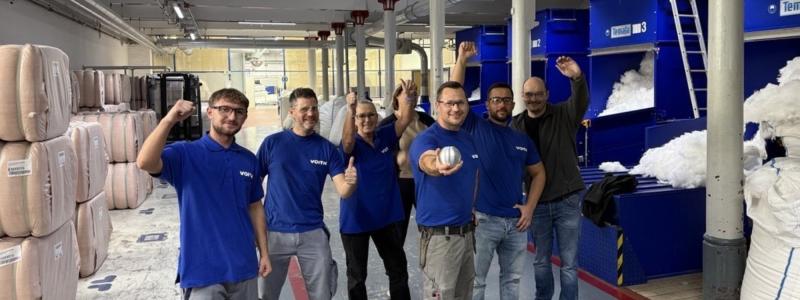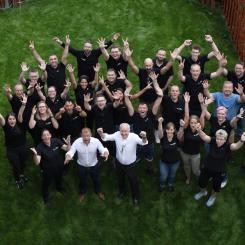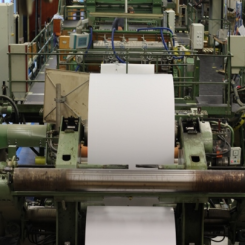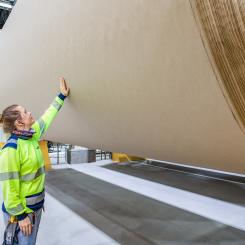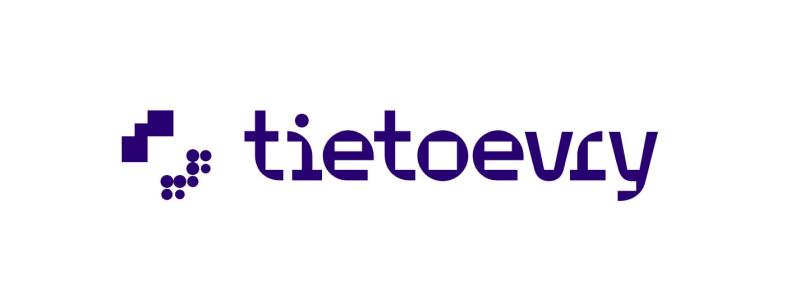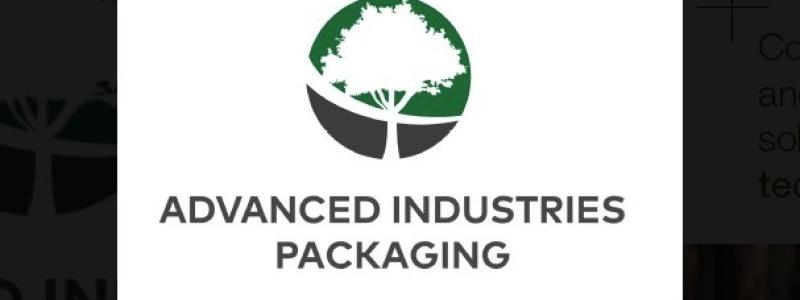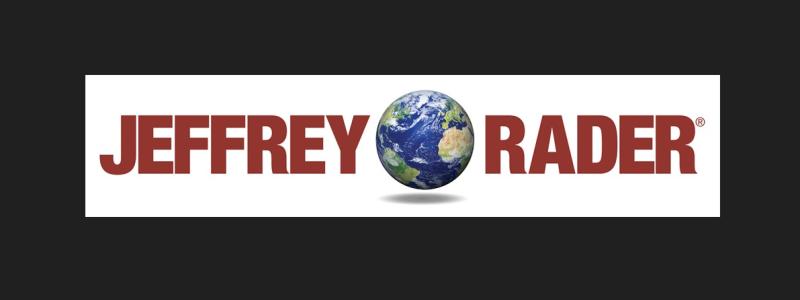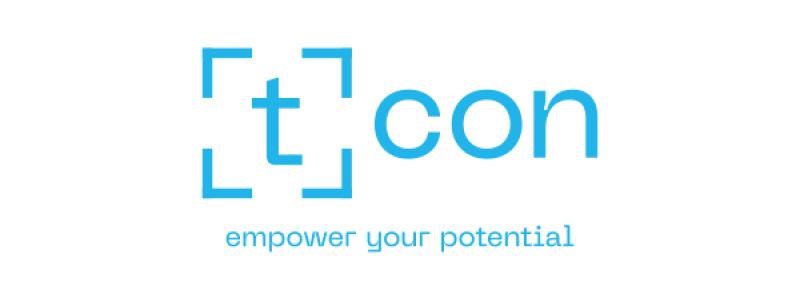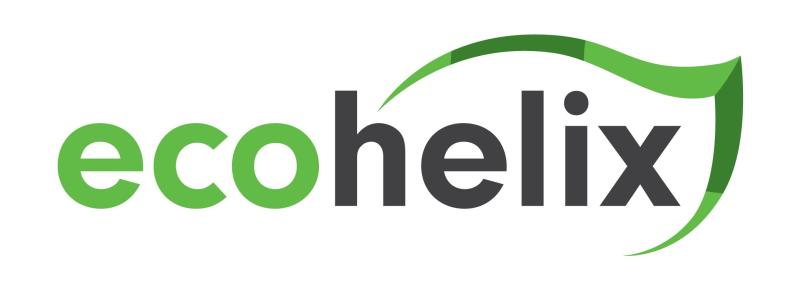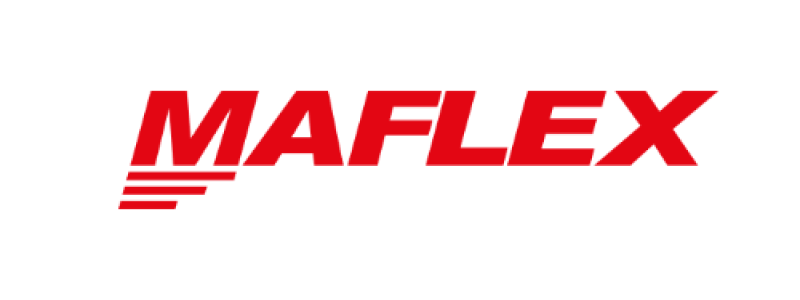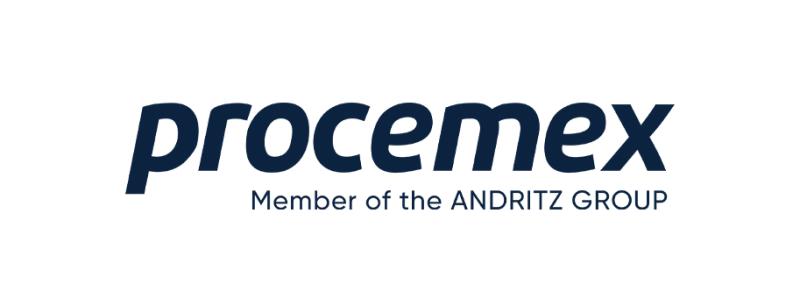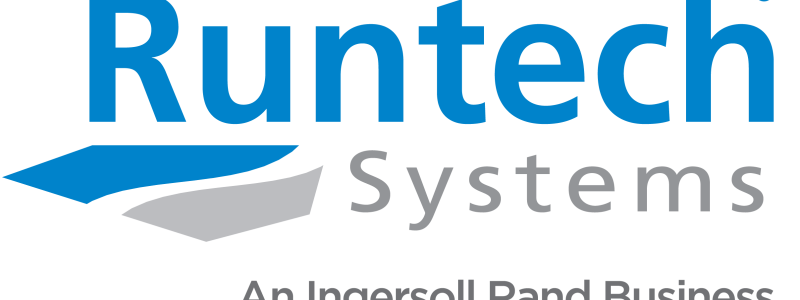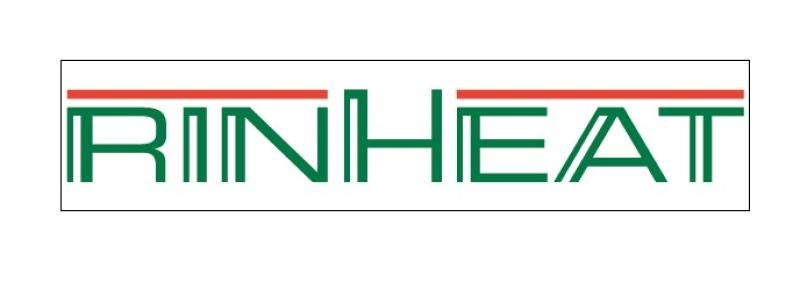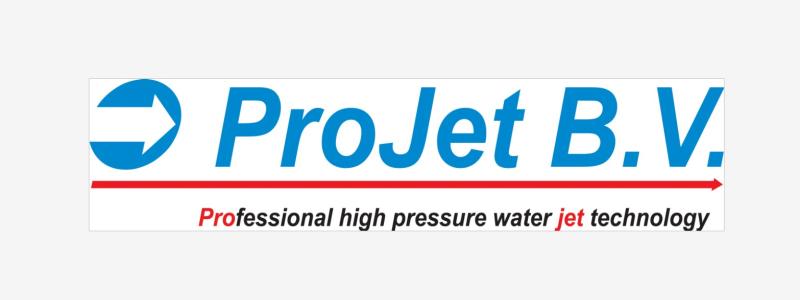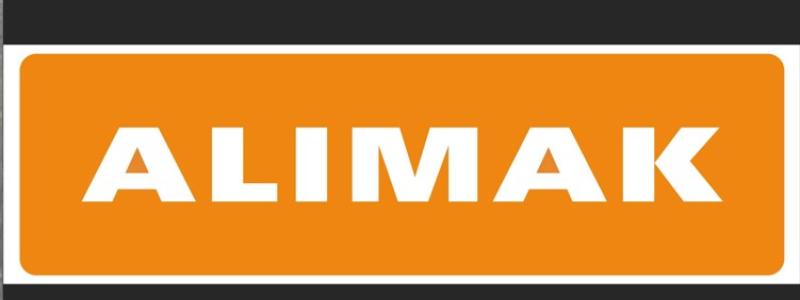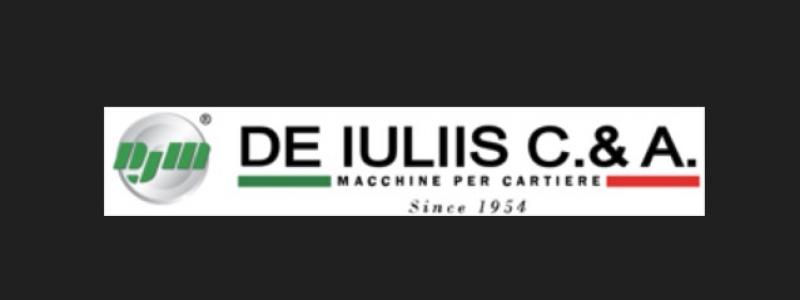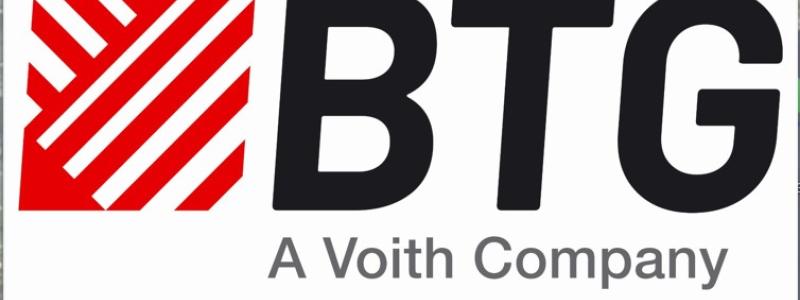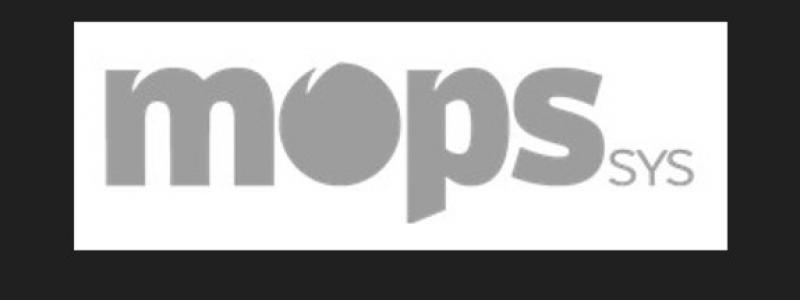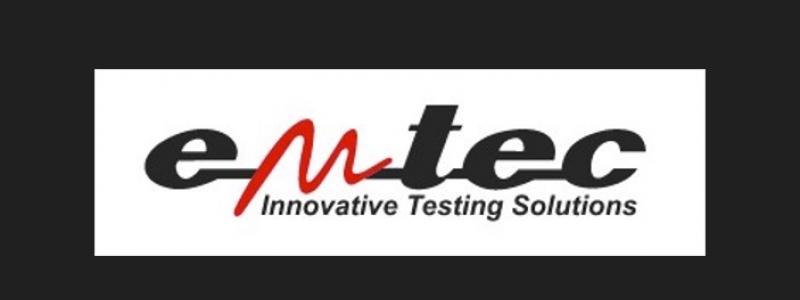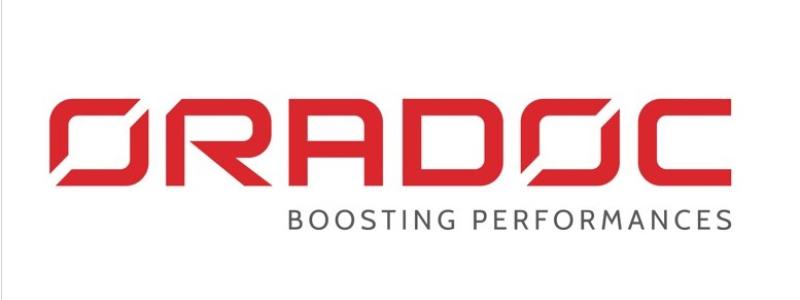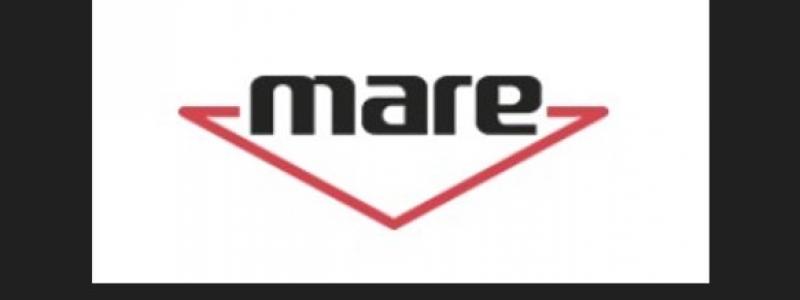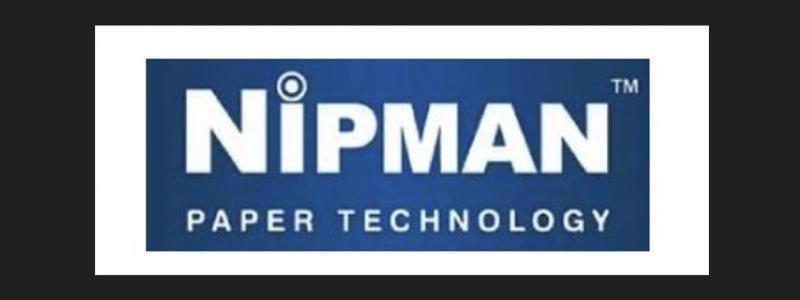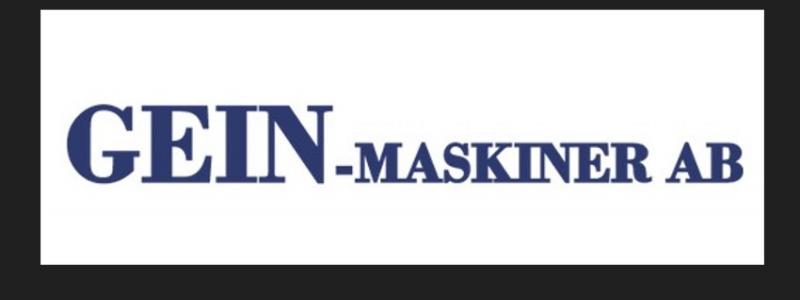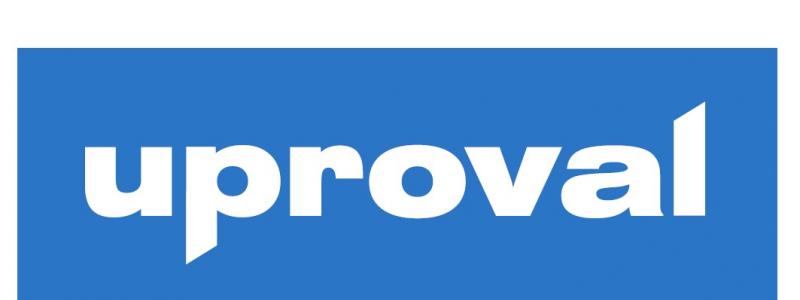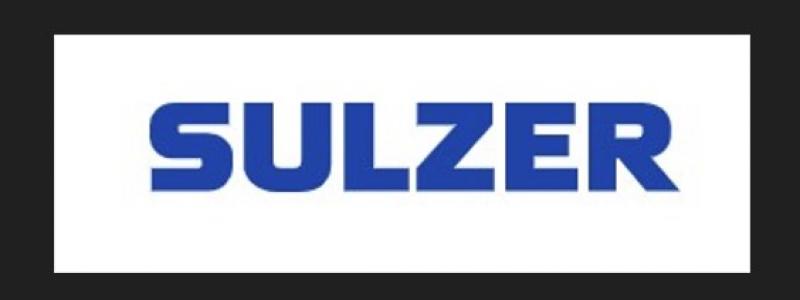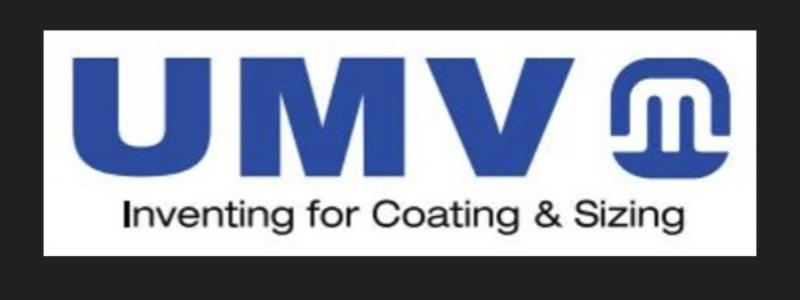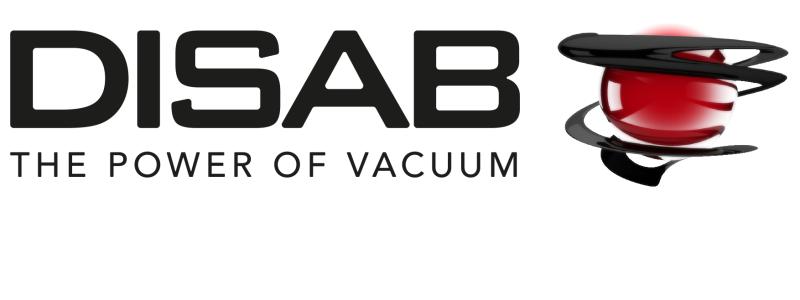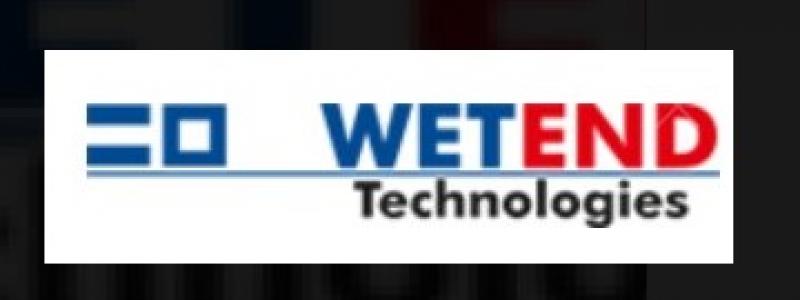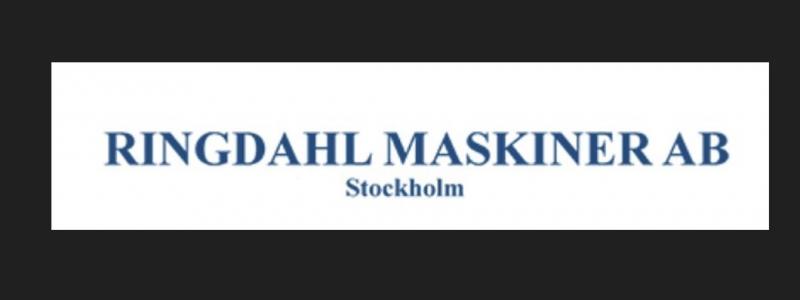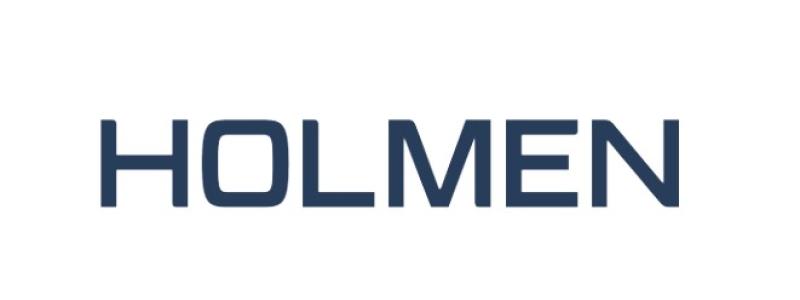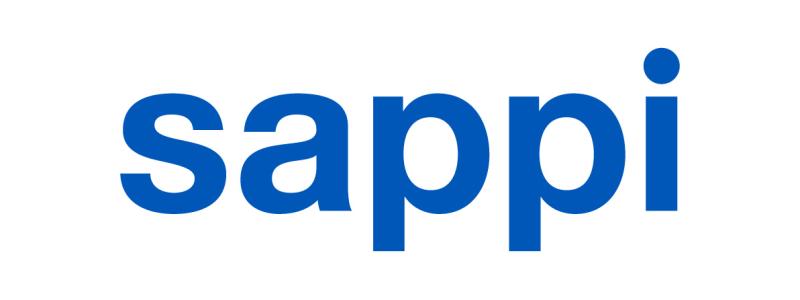Anyone using the word "digital" today could be regarded as being a yesterday person. Digital has become normality. Digital is the "New Normality" which is what Peter Hinssen tells us in his new book "The New Normal". And this has far-reaching consequences for our entire business system. Roland Rex, President of Pro Carton, remarks: "Packaging is taking on new tasks in the dialogue with consumers. Using the various response mechanisms packaging is changing from a pure information to a dialogue medium, both at the point-of-sale and at home."
The New Normal is about all things we call "digital". The next ten, twenty and thirty years will be marked by an ever increasing digital world and society, but there will be some fundamental shifts in our behavior and our adoption of technology. Justin Rattner, Vice President and Chief Technology Officer of Intel: "The next 40 years will blow you away, and will make the past 40 years look pretty tame."
From now on, digital is the norm. Analogue is what's really special nowadays. In the New Normal, access to technology is a commodity, and you will have to focus on other skills in your organisation to make the difference. These changes aren't IT changes; they are business changes. The core question is: "Can the product or service that your company offers be digitized?"
According to Hinssen the future can be characterised by the following postulates:
- Zero Tolerance for Digital Failure
Users understand the capacity and perfectibility of the digital world, and accordingly demand that digital offerings be 100% reliable. Without digital, we can barely function. So digital has to be available and working all the time. The more we depend on digital, the more we can't afford for digital to fail. Digital failure in the New Normal is more than just inconvenient: it is scary.
- Good Enough Beats Perfect
Speed, ease and availability become more important than perfection. Velocity trumps perfection in the New Normal, or in other words: Welcome to the era of good enough technology. The perfect is the enemy of the good, especially if the good is cheaper, faster, or more convenient. One of the disappointments of the home electronics industry is the fact that Blu-Ray didn't take off as anticipated. The reason is quite simple: for most people, the DVD is good enough.
- The Era of Total Accountability
Not only has the advertising industry finally found a mechanism to turn from mass-orientation towards individual one-to-one marketing, but also we can now measure the effectiveness of advertising. The Internet is a mass medium, but allows companies to engage in almost tailor-made interactions and dialogues with their customers. The benefits are huge: it is much more valuable for advertisers to reach one interested potential customer than it is to irritate ninety-nine others. Today, the feedback is instant. You launch an ad campaign on a website and instantly see how many people are clicking on the banner, engaging in your dialogue and being captured by your content. Everything is digital, so everything is measurable. Adds Roland Rex: "Packaging can contribute a decisive factor here; by marketing loading the packaging with services which can be measured immediately – via QR and other codes."
- Abandon Absolute Control
Org-charts are getting flatter. Wikipedia is bottom-up, and Facebook is side-to-side. Also, machines are capable of handling an increasing number of narrow tasks more efficiently than humans. The New Normal is a time for letting go. The world of the New Normal is a realm where bottom-up behavior thrives. According to an investigation reported in the scientific journal "Nature" in 2005, scientific articles in Wikipedia come close to the level of accuracy of Encyclopaedia Britannica. So Wikipedia is also an example of good enough technology in the knowledge sphere. The New Normal is a place where we have to abandon the old "absolute control" thinking. We will not be able to exercise absolute control over companies, consumers, employees or even experiences.
- Content is no longer king, contact is
Millions of people out there are not just playing the role of "information receiver", but playing the role of "creator", or "distributor" of content. And indeed, in the New Normal you now have hundreds of millions of potential content producers. Consumers will still want to be treated as kings, but will value the quality of the interaction as paramount. The new name of the game is "contact". In the "age of you", consumer attention has become the most valuable resource. The way a company will interact, the way a company will respond, the way a company will "handle" the dialogue, that will become the determining factor in how companies are perceived and valued by the consumer.
We mistakenly assume that digitizing interactions is just a clear path to improved service, because interactions will be quicker and more convenient for the customer. This is only part of the puzzle. Although customers will expect the ability to interact with you at their convenience, on their terms, they will also expect the digital experience to be seamless and interesting. Say Jeff Bezos, the founder an CEO of Amazon: "We see our customers as invited guests to a party, and we are the hosts." Recognising that each individual consumer is the centre of his own customised world is necessary to survive in the New Normal.
For a long time, we used Paretos's Law – the 80/20 rule – and interpreted it as a focus on a limited set of customers who represent 80% of sales, and forget about the rest. In the New Normal, we know that this is no longer valid; although the head is low hanging fruit, the tail – the opportunity to address niche markets – is where you make the difference. The tail is where you will find those customers who, if treated well, will turn into acolytes of your organisation.
To be successful in the "New Normal" says Hinssen, you need to be able to answer the following questions for your business:
What is your digital loyalty strategy?
How will you leverage customer participation?
What is your content-to-services strategy?
What is your community dialogue strategy?
What is your long tail mechanism?
Back to Roland Rex: "The carton is an especially suited "dialogue partner" for all target groups as carton offers the best presentation platform of all materials in terms of surface design. Also: sustainability and resource efficiency, especially of cartons, are just as "normal" today as everything digital."







